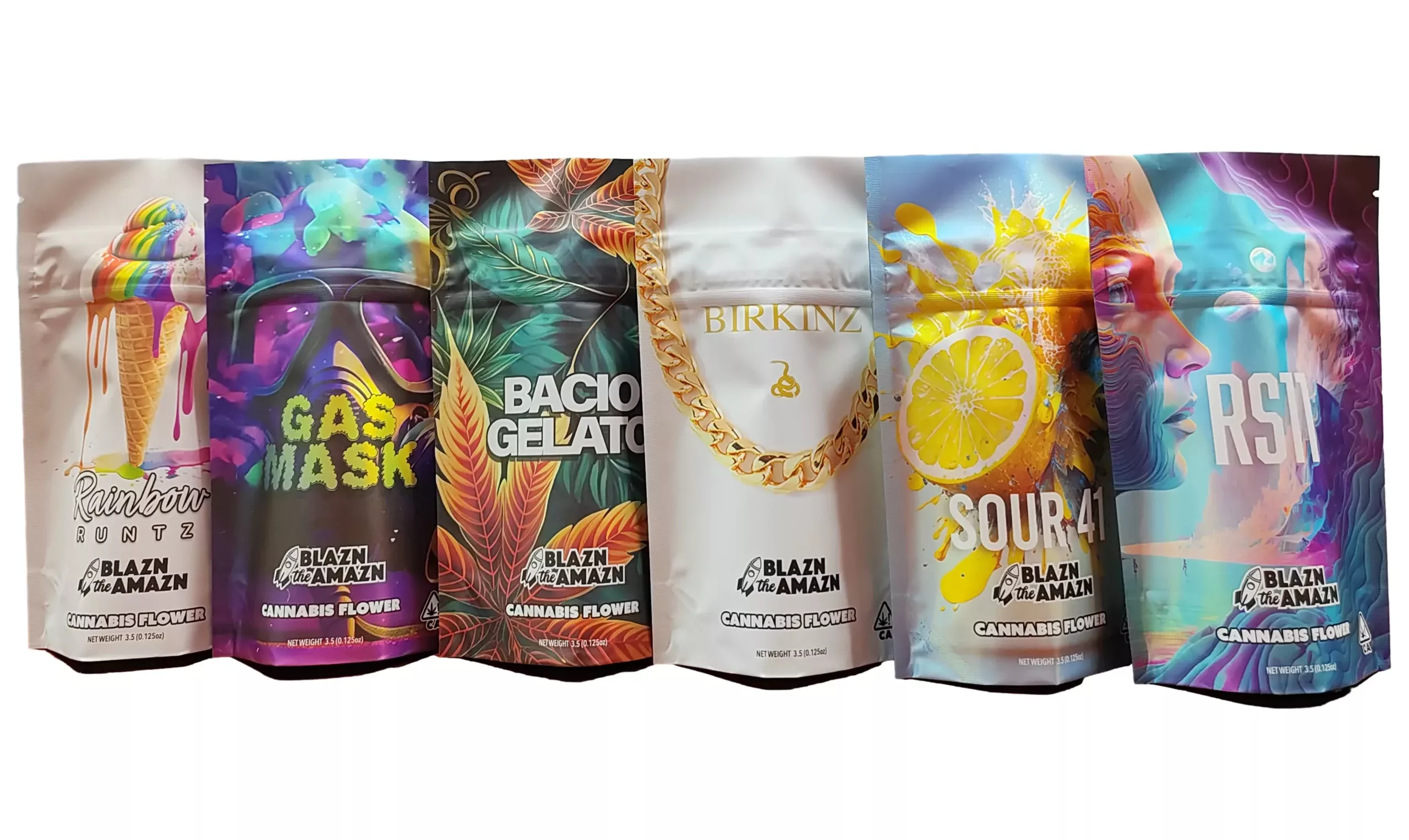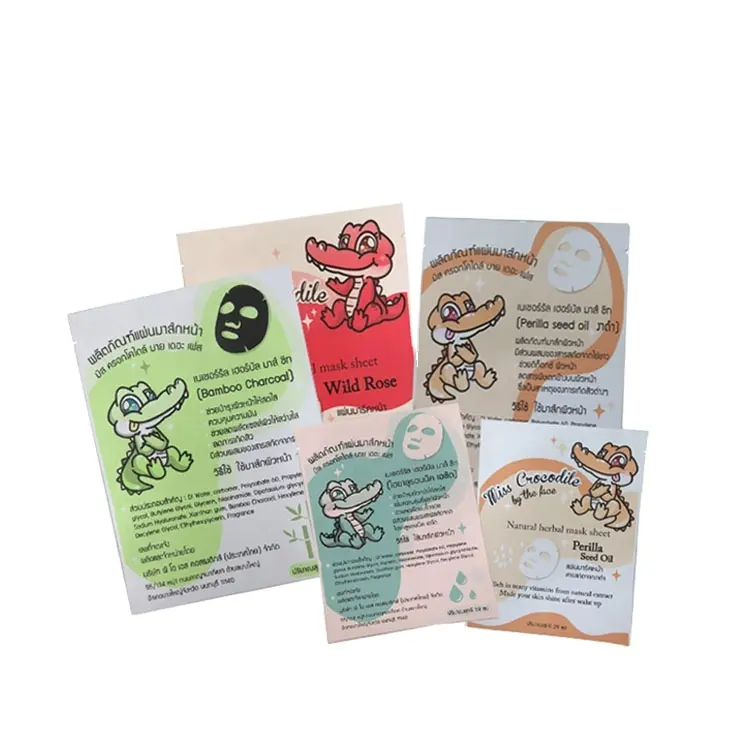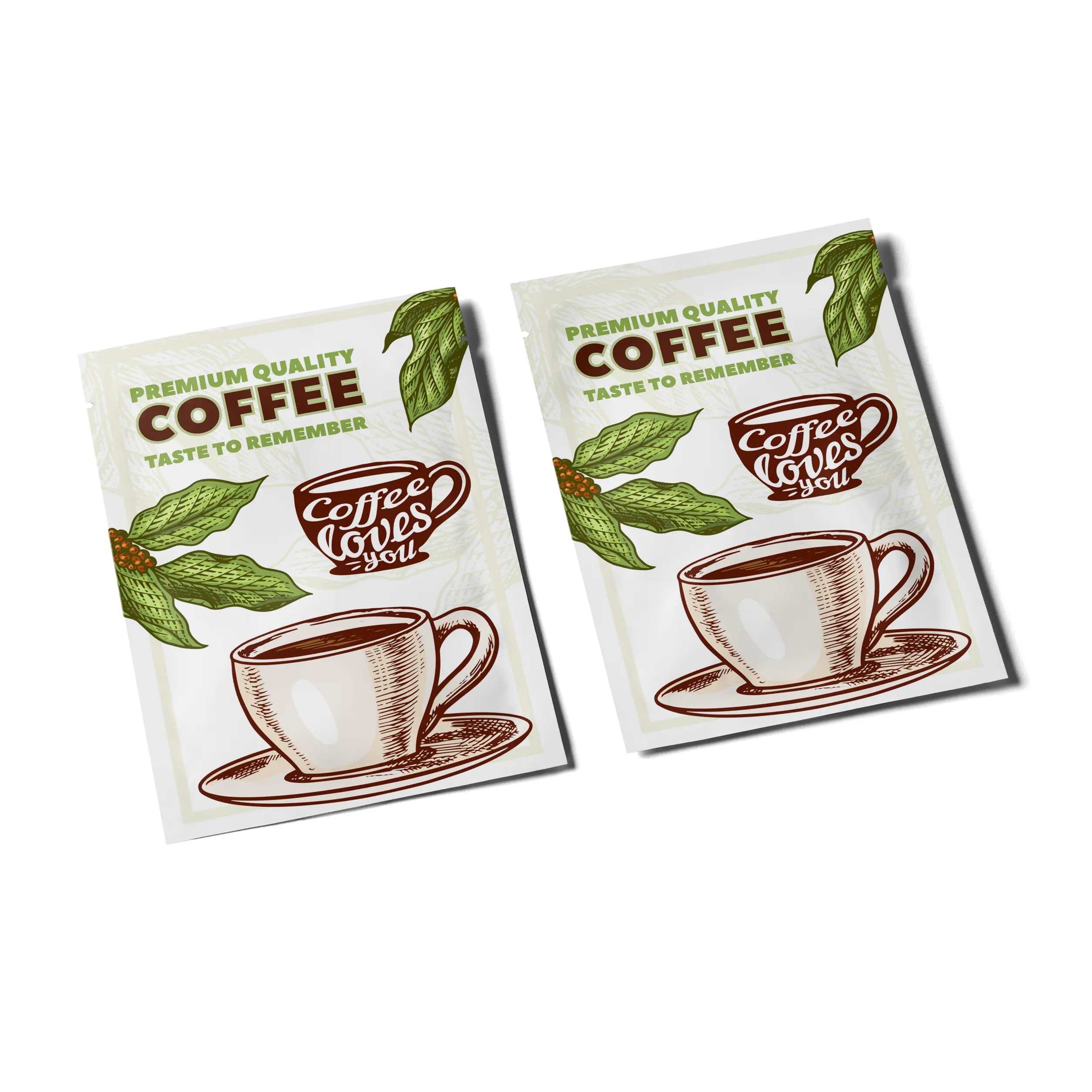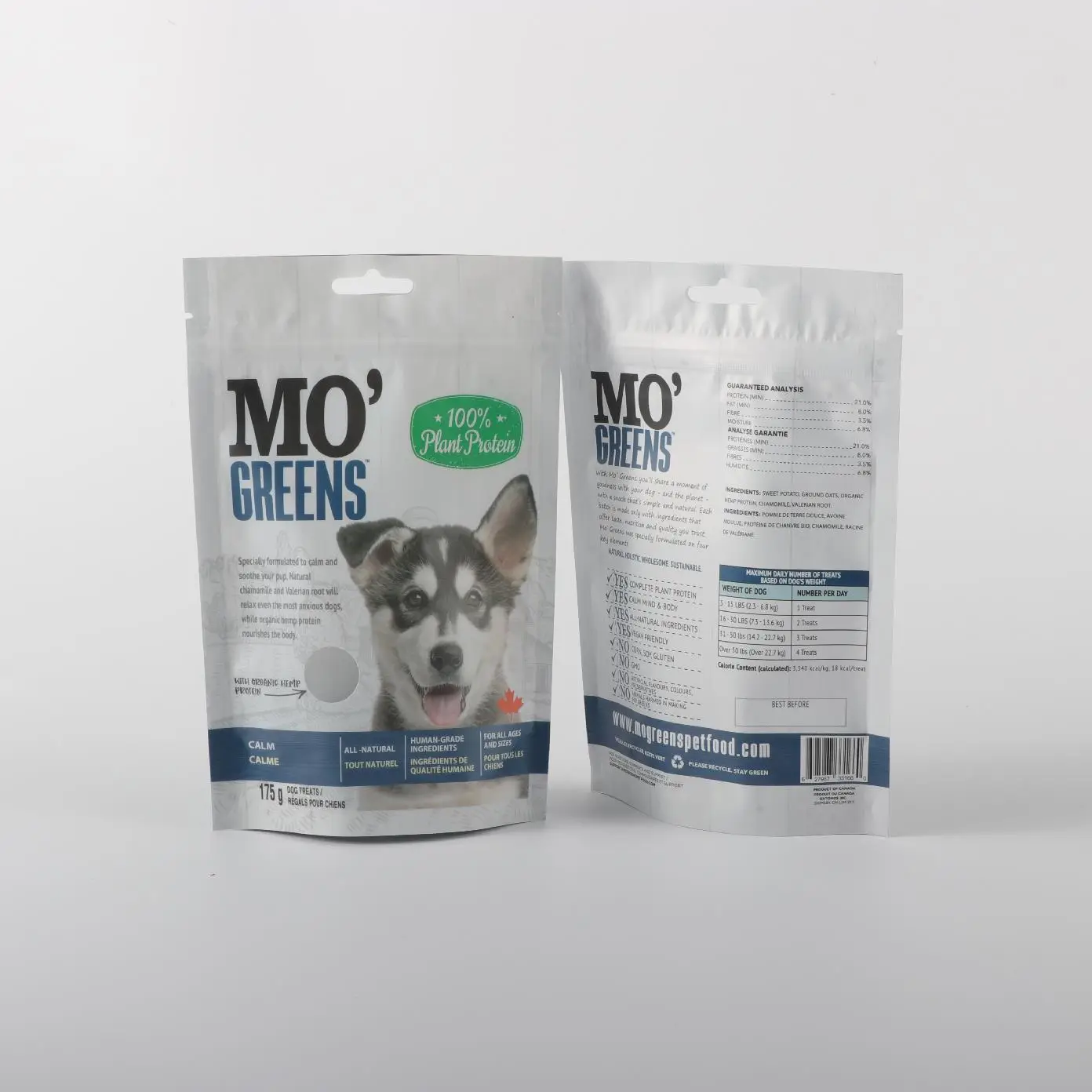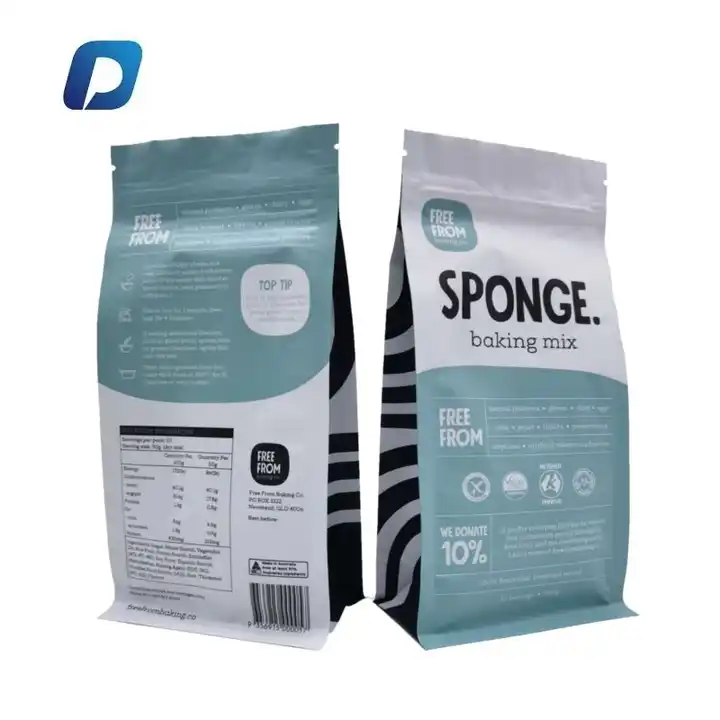Ever wonder why chip bags feel so different from regular plastic bags? You may have noticed that they’re smooth, yet slightly crinkly; that they can keep snacks fresh for weeks; and that the inside is lined with a shiny, metallic material. But what exactly are chip bags made of, and why do they have multiple layers? Advanced food packaging technology protects your favorite crunchy snacks from staleness, moisture, and damage from the outside world.
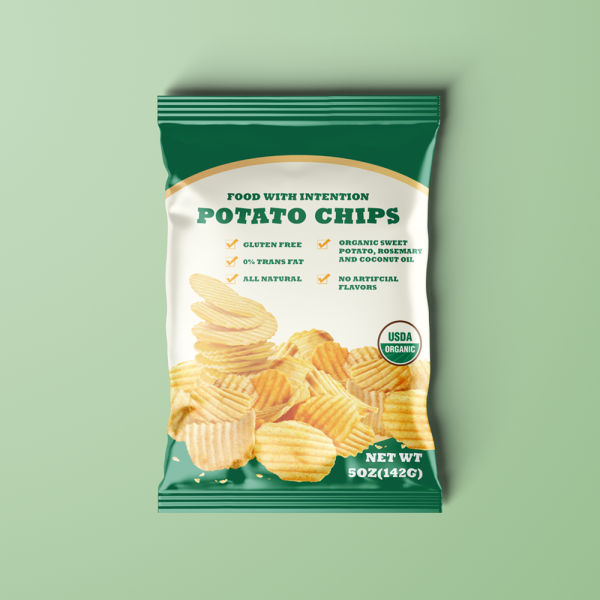
The Science Behind Chip Bag Materials
Unlike simple plastic bags, chip bags are manufactured using various layers of different materials for distinct purposes. Put together, these layers create a lightweight, durable, and airtight package that keeps your chips fresh and crispy.
Common Materials Used in Chip Bags
One of the common constructions of a chip bag includes three to four layers, which are:
Outer Layer – Polypropylene (PP) or Polyethylene (PE)
The outermost layer is usually made from polypropylene (PP) or polyethylene (PE). This layer provides strength and flexibility, making the bag resistant to punctures and tears during transportation. It also allows brand printing, ensuring that logos, colors, and designs remain vibrant and visually appealing.
Aluminum or Metallized Film – The Barrier Layer
Ever notice the shiny metallic layer inside your chip bag? That’s either a thin layer of aluminum or a metallized polyester film, such as MetPET. This layer plays the vital role of preventing light, moisture, and oxygen from coming through, all of which would rapidly ruin the chips. Without this barrier, chips would quickly go stale and lose their crunch.
Polyester (PET) – The Structural Layer
To make them tougher and more flexible, a middle layer of polyethylene terephthalate commonly features. Besides, it ensures that the shapes of the bags are retained by not crumbling down easily.
Inner Polyethylene (PE) – The Food Contact Layer
In most cases, the inner layer is made up of food-grade polyethylene non-toxic to human beings that is safe when in direct contact with food. It also provides a heat-sealable surface, allowing the manufacturer to seal the bag tightly and not let any air in.
Why So Many Layers? The Purpose of Each Material
You may be thinking, “Why go to all that much trouble instead of just a plain plastic bag?” The answer lies in the field of food preservation. Chips are very sensitive to oxygen and water, and when exposed, stale out fast. Each has a different purpose within the package structure:
- The outer layer acts to prevent physical damage, such as crushing in shipment.
- The barrier layer keeps moisture and oxygen out to keep chips from staling.
- The structural layer provides strength to the bag so that it does not tear apart.
- The inner layer ensures food safety and can be sealed appropriately.
All these together help extend the shelf life of chips, maintaining their texture, flavor, and crispiness.
Chip Bags: Are They Recyclable? Environmental Effects
Unfortunately, most chip bags are not easy to recycle because of their multi-layered structure. Unlike single-material plastics, which can be melted down and repurposed, chip bags require a complex separation process that most recycling facilities cannot handle.
Why Can’t We Recycle Chip Bags Easily?
- The mix of plastic and metal layers makes it hard to process.
- Standard recycling machines cannot separate these layers efficiently.
- Many facilities categorize chip bags into the category of non-recyclable waste, meaning they often go to landfills or incinerators.
Are There Eco-Friendly Alternatives?
With growing awareness about plastic waste, several companies have started designing biodegradable or recyclable chip bags by making use of:
- Mono-material packaging.
- Compostable films made from plant-based materials such as cornstarch.
- Paper-based packaging with special coating for blocking moisture.
Though in development, these sustainable alternatives to packaging are the promising future of snack packaging innovation.
Conclusion: There’s More Than Meets the Eye in a Chip Bag
The humble chip bag might seem like a pretty simple thing, but it’s actually a technological tour de force that keeps snacks fresh and crispy for months longer. The melding of plastic, aluminum, and polymer layers results in a lightweight yet tough package that balances protection, branding, and convenience.
However, the downside is their limited recyclability, making them a major contributor to plastic waste. As brands continue to explore sustainable alternatives, we can expect more eco-friendly packaging solutions in the near future.
So next time you open a bag of chips, take a moment to appreciate the science behind its packaging—it’s more than just a simple wrapper!
Looking for Custom Chip Packaging?
Colorful Packaging understands that if you are in the snack industry, you may need customizable chip bags or bags with other snack products filled inside them; high-quality material; excellent barrier protection; appealing designs. Do not hesitate and contact us right now to order custom snack packaging.

